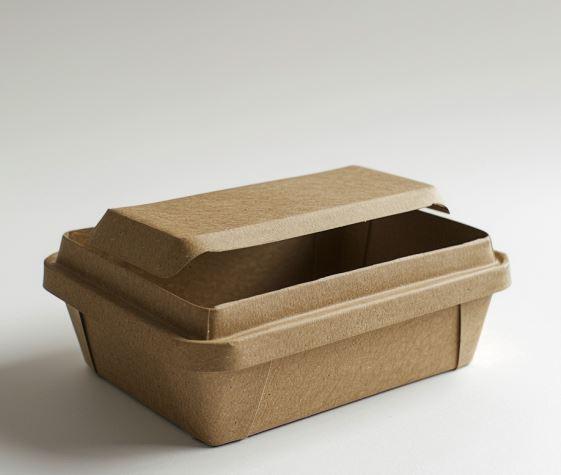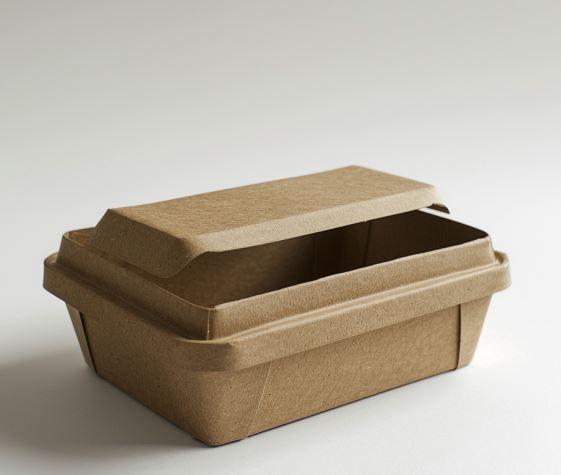Clamshell plastic packaging has long been criticized for its environmental footprint. However, new eco-friendly versions made from sustainable materials offer meaningful benefits versus traditional designs.
Reduced Dependence on Fossil Fuels
Eco friendly clamshell packaging uses renewable biomaterials like sugarcane, bamboo or corn instead of oil-derived plastics. This lessens dependence on non-renewable fossil fuels and their associated greenhouse gas emissions during extraction and refining.
Compostable and Biodegradable
Certified compostable eco friendly clamshell packaging fully degrades without leaving microplastics or other residuals when composted commercially or in home piles. Bioplastics from nature instead of oil avoid long-term pollution.
Reduced Landfill Waste
As compostable clamshells degrade, they avoid occupying finite landfill space for centuries as do traditional plastic shells. Their breakdown keeps more waste out of dumps and reduces methane emissions.
Supports Circular Economy
Rather than downcycling or entering oceans as litter, compostable shells reenter the biosphere safely as the next generation of soil nutrients and organic matter when composted per regulations.

Carbon footprint Savings
Life Cycle Assessments show renewable biomaterials generally have lower carbon footprints versus fossil plastics when accounting for carbon sequestration in plant growth. Eco-clamshell production saves on emissions.
Reduced Microplastic Pollution
As plastic breaks down into microparticles, it contaminates waterways and enters the food chain. Compostable shells avoid this issue altogether by fully degrading into non-toxic biomatter.
Packaging Design Independence
Responsibly sourced bio-plastics maintain clamshell packaging benefits like tamper evidence, product protection and portability without relying on finite oil reserves long-term.
Recyclable Paper Lining Option
Some eco-clamshells feature a recyclable virgin paper lining that can be processed separately from the compostable shell material where facilities accept. This further improves sustainability.
Brand Promotion Opportunity
Eco-designs allow promoting sustainability commitments transparently via labeling and materials while protecting premium or locally sourced products.
Reliability and Performance
Through refining biomaterial engineering and manufacturing techniques, compostable clamshells now match oil-based plastic strength, abuse tolerance and shelf-life in many applications.
Cost Parity Trend
As technology advances, initial premium costs for eco-clamshells versus oil plastics continue declining. Mass adoption further drives down prices through economies of scale.
Choosing the Right Materials
To deliver true sustainability, clamshells select rigorously tested and certified compostable resins from sustainably farmed renewable feedstocks like corn, sugarcane or bamboo rather than "biodegradable" plastics having uncertain breakdown.
Optimizing End-of-Life
Pair clamshell use with education around proper composting or separation for maximum assurance shells enter optimal conditions to fully degrade without trace as designed.

